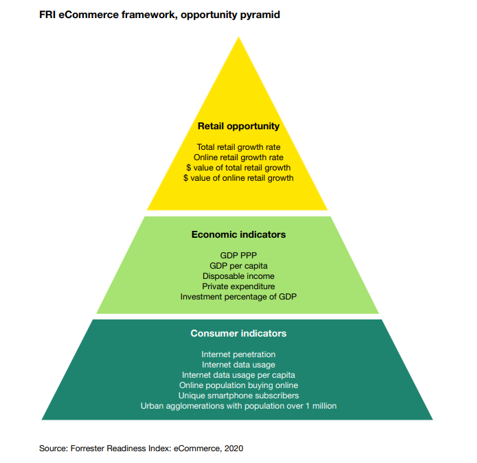
Stitch Fix
Source: Stitch Fix
Stitch Fix shares are cratering as Wall Street questions the longevity of a business that ships customers clothes on a fixed basis, using data science to curate outfits they might like.
Its stock was last down more than 30% Tuesday morning, after Stitch Fix reported quarterly sales Monday afternoon that missed analysts’ estimates, and issued a bleak outlook for the full year.
Piling into the selloff, Stitch Fix investors are fearing the company has “grown large” and that its new direct buy option “is a validation that fixes are reaching a saturation point,” BMO retail analyst Simeon Siegel said. “Fixes” are what the company calls the clothing shipments it makes to customers on a regular basis.
Stitch Fix touted its direct buy option, which it launched in late 2019, to analysts during a post-earnings conference call Monday. The option allows customers to buy single items, a la carte, versus an entire box of clothes on an automated basis. The company has said direct buy should allow it to capture even greater market share in apparel.
But a bigger shift toward direct buy also means Stitch Fix is seemingly moving away from how it started — as a styling service that sends out customized, boxes of clothes to customers either every two to three weeks, every month, every other month, or every three months.
“One of the things that we’re most excited about with direct buy is that it’s so incremental,” CEO Katrina Lake said.
“Looking at unit economics, the direct buy margin profile is already comparable to the fix profile even though currently, each direct buy item is shipped separately,” she added. “We’re able to deliver these strong unit economics through the combination of very low return rates because of the accuracy of our algorithms.”
There are signs that consumers are peeling back from Stitch Fix’s core business, however.
Stitch Fix attributed part of its latest sales miss to the fact that users during its fiscal second quarter spent less per fix on average, due to heightened promotional activity across the retail industry. Net revenue increased to $451.8 million from $370.3 million a year ago. But that still missed expectations for $452.5 million, based on Refinitiv data.
It reported active clients of 3.5 million, up 17% year over year, and slightly better than what analysts were anticipating.
“The reality is that the company continues to post industry-leading revenue growth,” BMO’s Siegel said.
However, the company has not offered enough clarity “that revenues are sustainable without the margin investment,” he said.
Other analysts still think that Stitch Fix’s personalization capabilities are unlike what any other apparel retailer can offer, and that the selloff was largely due to the company’s 2020 outlook being moderated.
It is calling for annual net revenue to range between $1.81 billion and $1.84 billion. Analysts had been calling for $1.92 billion, according to Refinitiv data.
“A growth story with lofty valuations can expect to be punished for moderating its topline outlook,” Telsey Advisory Group analyst Dana Telsey said. “We continue to see growth potential within the company’s personalization model, while the direct buy capabilities can increase share of wallet.”
Stitch Fix shares are down more than 42% over the past 12 months. The company has a market cap of about $1.5 billion.

